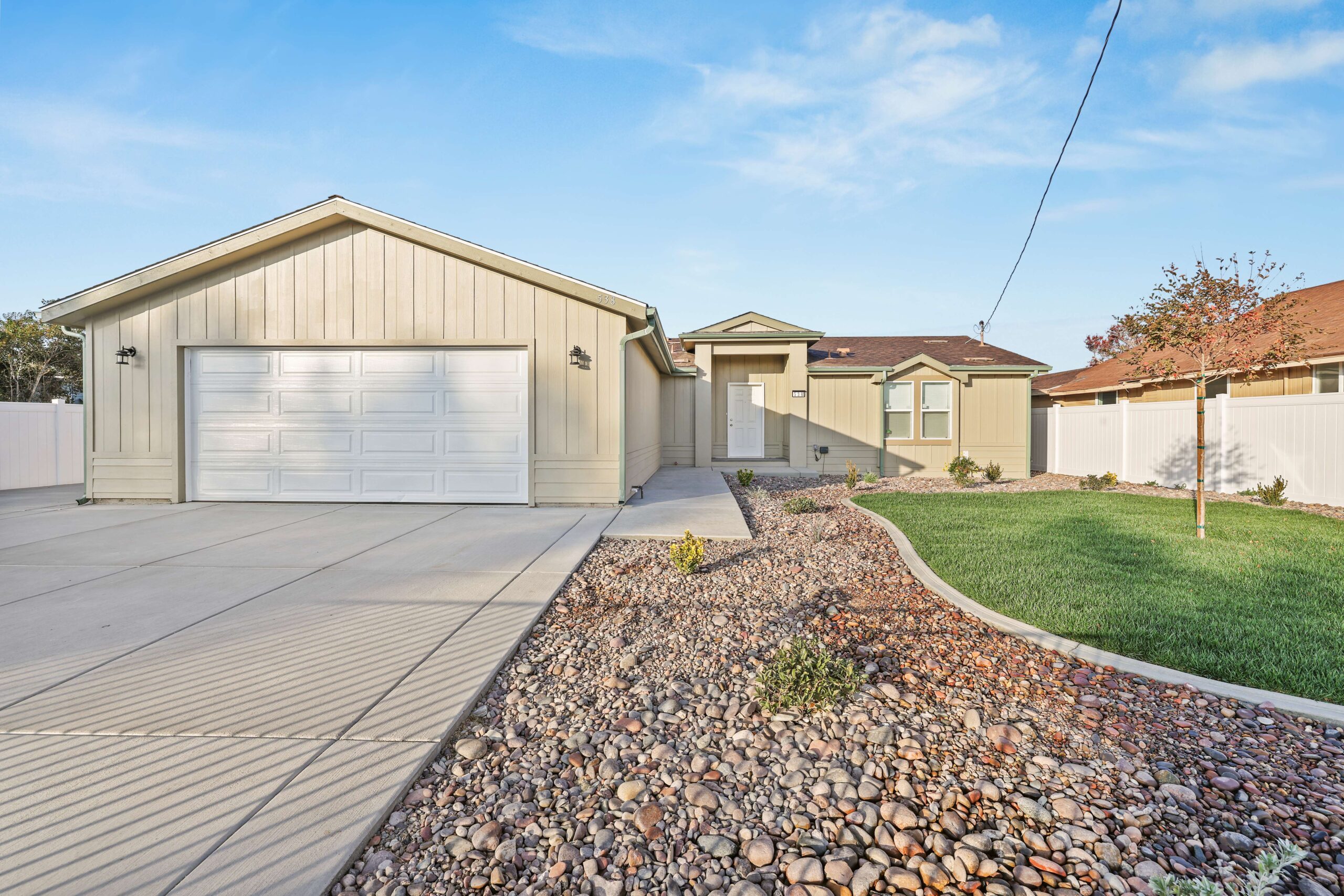I love California. The weather, the natural beauty of mountains, deserts, lakes, and coastline, and access to so many resources and opportunities. But is California becoming out of reach for many — including families who have lived in the state for decades?
As I write this, I have recently watched two family members sell their homes and move out of state due to the high cost of living. And I’m now having conversations with my young adult daughter — who adores Southern California — about the cost of housing and supporting herself in this region after recently graduating from college.
As much as I value this state and my community, I am worried about how our children and grandchildren will afford the cost of housing in this region.
According to a July 2025 report by the State of California’s Legislative Analyst’s Office, California has outpaced the nation in increased home costs over the past decade. As a matter of fact, a median priced home in California is now about twice as expensive as the typical US home. To be precise, monthly payments to purchase an average home in California are now over $5,900 a month.
For a first-time buyer purchasing an entry-level home in California, prices are a bit closer to the national average but still about 30% more than a similar home in the rest of the US. Even as prices are appearing to soften in some local market segments, overall price growth, limited inventory and greatly increased mortgage rates have made it much more expensive to purchase a home.
Specifically, in the Inland Empire over the past 5 years, the monthly cost of an entry-level home purchase has increased 107% in Riverside County and 108% in San Bernardino County. Over the same period, rents have increased approximately 42% throughout the region.

Homeownership has long been one of America’s greatest wealth-building tools. But as the gap between the cost of renting and owning continues to widen, that goal has become more challenging particularly for young families. In 2020, the monthly payment on a 2-bedroom home was about $700 more than renting an average apartment. In 2025, the difference is closer to $2,000 a month.
Regardless of whether renting or owning, according to the 2025 Real Cost Measure report produced by the United Ways of California, 4 in 10 California households are “housing burdened,” defined as spending more than 30% of their income on housing.
In response to the need to improve housing availability and affordability, efforts are taking place on multiple levels to accelerate the pace of production across Riverside and San Bernardino counties.
In the Coachella Valley, Lift to Rise is a collaborative initiative focused on expanding the pipeline of housing development across the region. A coalition of more than 70 organizations and leaders, the group set a 2018 goal of increasing supply by an ambitious 10,000 units by 2028. Current progress estimates include as many as 9,300 units at all phases of development including a variety of housing types.
“No one on planet earth doesn’t want to have housing. People require housing,” said Heather Vaikona, CEO of Lift to Rise. “But a lack of funding, community opposition, high infrastructure costs, and regulatory barriers all slow the production of new housing units.”
Fortunately, even as other social programs are seeing a reduction in funding and support at the federal and state levels, housing has gained strong support in recent years. The recently passed budget reconciliation bill, H.R.1, includes provisions aimed at increasing affordable housing through the expansion of Low-Income Housing Tax Credits. And the passage of AB 130 will reduce the long-held threat of environmental litigation for urban housing projects by removing California Environmental Quality Act requirements.
Neighborhood Partnership Housing Services, based in Rancho Cucamonga, has been working to identify creative solutions for providing affordable homeownership and rental options for low-income Inland Empire residents for the past 30 years.
“At NPHS, we’re tackling the housing affordability crisis through innovation across the entire ecosystem — from reducing construction costs with factory-built, wildfire-resilient homes to providing flexible, CDFI-backed down payment financing,” said Clemente Mojica, NPHS president and CEO. “By aligning innovative development with sustainable financing and long-term stewardship, we’re creating enduring homeownership.”
NPHS recently broke ground on a new construction project in Riverside to produce 22 apartment units for formerly homeless residents. In partnership with the city of Riverside, Riverside University Health System, Parkview Legacy Foundation and others, the community will include case worker offices, a community room and solarization to offset energy costs.National CORE, an affordable housing organization based in the Inland Empire with more than 100 apartment communities throughout California, Texas and Florida, is preparing to open Oak View Ranch Ranch Family Apartments in Murrieta. The development will offer 119 affordable apartments for low-income families, convenient to local shopping, schools and parks.
To support the health and economic wellness of resident families, the community will offer a swimming pool, outdoor fitness stations, onsite resident services, and a community center. In a unique partnership with the Boys & Girls Club of Southwest County, a dedicated onsite clubhouse will provide educational and social development through after-school and out of school services for local children.
“Our partnership with the Boys & Girls Club of Southwest County is a dream come true that allows us new avenues to inspire and enable Murrieta’s children to become the world leaders of tomorrow,” said National CORE Chief Development Officer Alexa Washburn.
Thoughtful, well-planned affordable housing development starts at the local level. So, let’s continue to make that a priority in each of our communities to ensure a future where our children and grandchildren can afford to live and thrive in this beautiful state and region.
